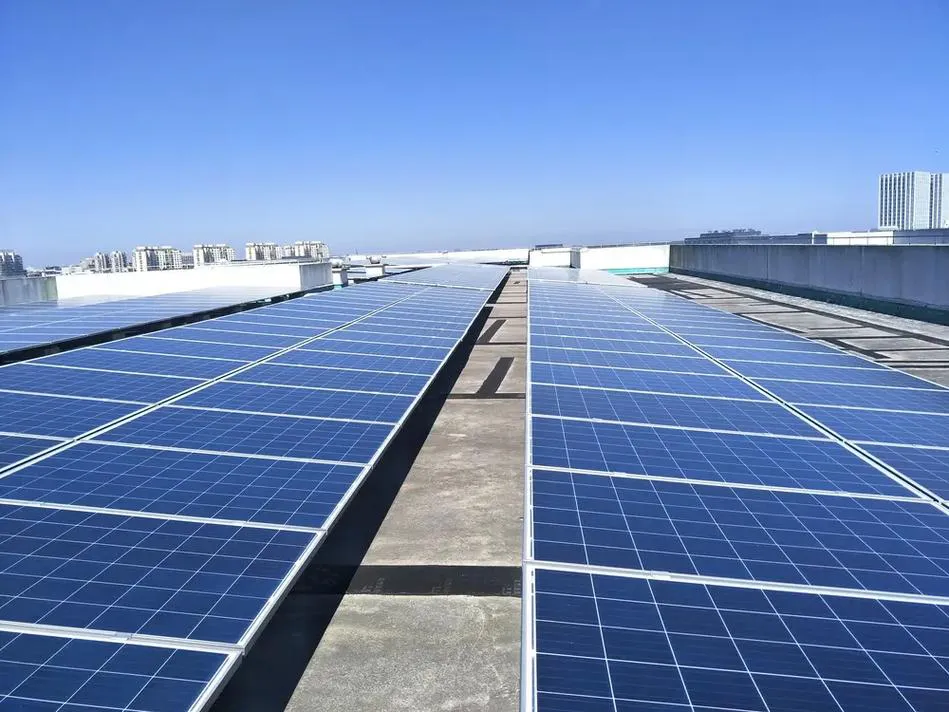The Ultimate Guide to Off-Grid Inverters: Powering Your Independence
In an era where energy independence and sustainability are becoming increasingly important, the off-grid inverter has emerged as a critical component for those seeking to live or operate beyond the reach of conventional power grids. Whether you’re building a remote cabin, setting up a solar-powered system, or preparing for emergencies, understanding what an off-grid inverter is and how it works can empower you to harness renewable energy efficiently. This comprehensive guide will explore everything you need to know about off-grid inverters, from their basic functionality to selecting the right one for your needs.
What Is an Off-Grid Inverter?
An off-grid inverter is a device that converts direct current (DC) electricity, typically generated from sources like solar panels or batteries, into alternating current (AC) electricity, which is used by most household appliances and electronic devices. Unlike grid-tied inverters, off-grid inverters are designed to operate independently of the utility grid, making them ideal for remote locations, mobile setups, or backup power systems. They often include built-in charge controllers to manage battery charging from renewable sources, ensuring a reliable power supply even when the sun isn’t shining or the wind isn’t blowing.
How Does an Off-Grid Inverter Work?
The primary function of an off-grid inverter is to take the DC power stored in batteries—charged by solar panels, wind turbines, or other renewable sources—and convert it into usable AC power. This process involves several key steps:
- DC Input: The inverter receives DC electricity from a battery bank.
- Conversion: Using electronic components like transistors and capacitors, the inverter transforms the DC power into AC power, typically at 120V or 230V, matching standard household voltages.
- Output: The AC power is then supplied to connected appliances, providing electricity for lighting, refrigeration, tools, and more.
Many modern off-grid inverters also incorporate maximum power point tracking (MPPT) technology to optimize energy harvest from solar panels, as well as safety features such as overload protection and low-voltage disconnects to prevent damage to batteries and connected devices.
Types of Off-Grid Inverters
Not all off-grid inverters are created equal. They come in various types to suit different applications and power needs:
- Pure Sine Wave Inverters: These produce a smooth, consistent AC waveform similar to grid power, making them compatible with sensitive electronics like laptops, medical equipment, and audio devices. They are highly efficient but tend to be more expensive.
- Modified Sine Wave Inverters: These generate a stepped approximation of a sine wave, which is sufficient for basic appliances like lights and power tools but may cause issues with sensitive electronics. They are more affordable and widely used in simpler setups.
- Inverter/Charger Combos: These units not only convert DC to AC but also include a battery charger, allowing them to recharge batteries from an AC source (like a generator) when renewable energy is insufficient. This adds versatility for hybrid systems.
Key Features to Consider When Choosing an Off-Grid Inverter
Selecting the right off-grid inverter depends on your specific energy requirements and setup. Here are some factors to keep in mind:
- Power Rating: Determine the total wattage of the appliances you plan to run simultaneously and choose an inverter with a continuous power rating that meets or exceeds that load. Also, consider surge capacity for devices like motors that require extra power at startup.
- Efficiency: Look for inverters with high efficiency ratings (90% or above) to minimize energy loss during conversion.
- Battery Voltage Compatibility: Ensure the inverter matches the voltage of your battery bank (e.g., 12V, 24V, or 48V).
- Safety Protections: Features like overload protection, short-circuit protection, and temperature monitoring are essential for safe operation.
- Expandability: If you plan to scale your system in the future, opt for an inverter that can be stacked or paired with additional units.
Applications of Off-Grid Inverters
Off-grid inverters are versatile and can be used in a variety of scenarios, including:
- Remote Homes and Cabins: Providing electricity in areas without access to the utility grid.
- RV and Marine Systems: Powering appliances while on the move.
- Emergency Backup Power: Keeping essential devices running during outages.
- Agricultural and Industrial Sites: Operating equipment in off-grid locations.
Conclusion
An off-grid inverter is more than just a piece of equipment—it’s the heart of any independent power system, enabling you to generate and use electricity sustainably and reliably. By understanding how these devices work, the different types available, and what to look for when making a purchase, you can make an informed decision that meets your energy needs. Whether you’re embracing a self-sufficient lifestyle or preparing for unforeseen circumstances, investing in a quality off-grid inverter is a step toward greater energy independence and resilience.
Table of Contents
